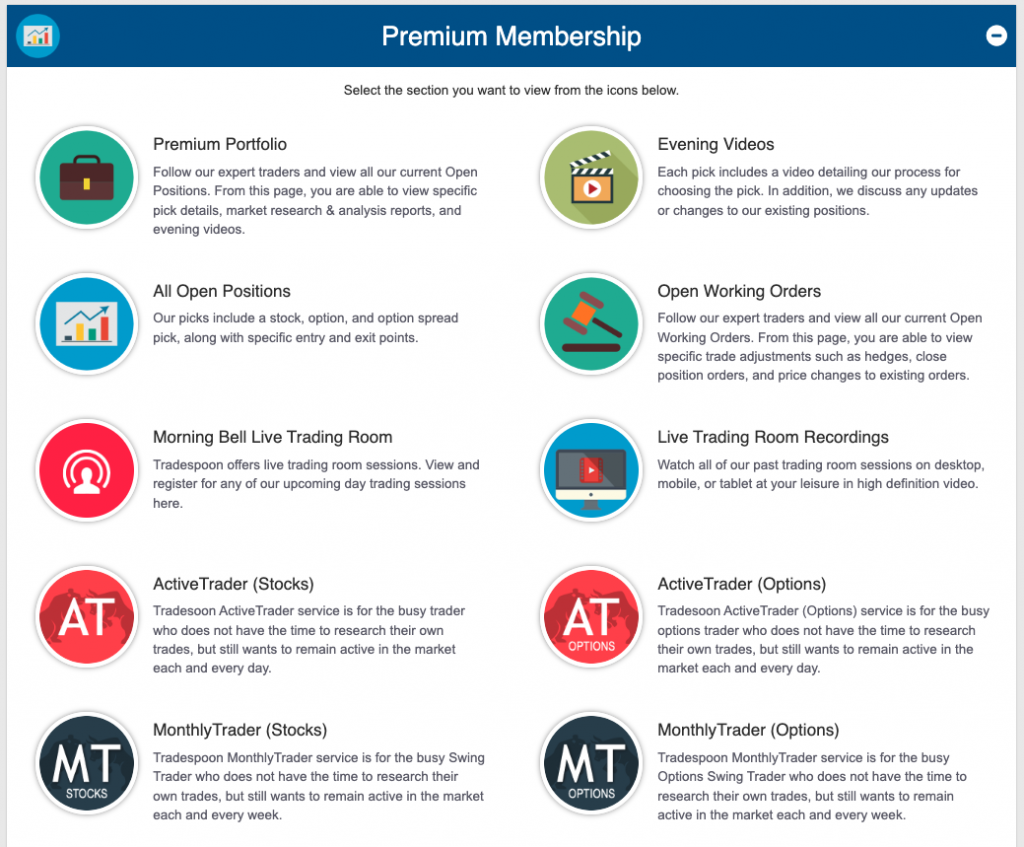Whether you’re a beginner looking to explore new investment opportunities or an experienced trader aiming to maximize your returns, understanding leverage trading is crucial. This comprehensive guide will delve into the intricacies, benefits, risks, and strategies associated with leverage trading. Armed with this knowledge, you can navigate the financial markets with greater confidence and precision.
Leverage trading, often referred to as margin trading, involves using borrowed capital to increase the potential return on an investment. By leveraging your position, you can control larger amounts of assets with a smaller initial investment. For instance, with $1,000 in your trading account, you could control a position worth $10,000 or more, depending on the leverage ratio offered by your broker.
Leverage is essentially a loan provided by your broker, enabling you to enter trades that exceed your actual capital. While this can significantly amplify your profits, it also comes with increased risk, as losses can be equally magnified.
While the benefits are compelling, leverage trading carries significant risks:
Effective risk management is vital in leveraged trading:
Successful leverage trading requires a combination of careful planning, disciplined execution, and continuous learning:
Effective risk management is the cornerstone of successful leverage trading. Implement the following practices to protect your capital and minimize potential losses:
Utilizing technical analysis can significantly enhance your trading decisions. By analyzing historical price data and identifying patterns, you can predict future price movements and make more informed trades. Key technical analysis tools include:
While leverage trading is often associated with short-term trading, incorporating fundamental analysis can provide a broader perspective. Fundamental analysis involves evaluating the underlying factors that influence an asset’s value, such as economic indicators, company financials, and industry trends. Key aspects include:
Diversifying your portfolio is a critical strategy for managing risk and enhancing returns. By spreading your investments across different asset classes and markets, you can reduce the impact of a poor-performing asset on your overall portfolio. Consider diversifying across:
The financial markets are constantly evolving, and successful traders must continuously adapt to changing conditions. Commit to ongoing education and practice to refine your trading skills:
Leverage trading offers substantial opportunities for those willing to invest the time and effort to understand its complexities. By mastering the mechanics of leverage, applying effective risk management strategies, and maintaining a disciplined approach, you can harness its power to achieve your financial goals. Remember, continuous learning and practice are crucial to navigating the markets successfully.
Trade like a professional with Tradespoon—leverage the power of strategic planning, access expert insights, and embark on a trading journey defined by discipline and success. With Tradespoon by your side, you’re equipped to make well-informed trades and conquer the financial markets.
Becoming a member of the Tradespoon trading community can significantly support your trading endeavors. Our carefully crafted community offers an unparalleled trading experience, enabling you to leverage our impartial AI trading program and gain valuable knowledge from accomplished traders. By joining us, you will immerse yourself in a supportive environment that fosters growth and provides access to a wealth of expertise.

With the market’s unpredictable nature and the uncertainty that lies ahead, we cannot stress enough the importance for our readers and members of the Tradespoon community to refer to our Live Trading Room. By doing so, you can stay updated on how our AI platform navigates select trades and gain valuable insights throughout the trading day. Our Live Trading Room is available for free, and we highly encourage everyone to sign up and check in regularly.
For more information on Tradespoon’s tools and our trading community, we recommend reviewing our latest Strategy Roundtable, held weekly on Tradespoon.
Being part of our Tradespoon trading community is immensely advantageous; here, you can exchange multiple tactics with fellow traders. During my recent Strategy Roundtable session (which is held weekly on Tradespoon), we did just that! This opportunity to collaborate and learn from others in the world of trading should not be passed up. I recommend checking out our latest Roundtable webinar in its entirety below:
Tradespoon Strategy Roundtable
Join us and unlock your trading potential with Tradespoon today!
Is leverage trading suitable for beginners? Leverage trading involves significant risks and is generally not recommended for beginners. It’s important for novice traders to build a solid foundation of knowledge and master basic trading strategies before engaging in leverage trading.
Are there regulations governing leverage trading? Yes, leverage trading is regulated in many jurisdictions. Regulatory bodies impose rules and requirements to ensure a safe and transparent trading environment. Traders should familiarize themselves with these regulations and comply with them.
What are some popular assets for leverage trading? Popular assets for leverage trading include stocks, forex, commodities, and cryptocurrencies. These markets offer ample liquidity and volatility, making them attractive options for traders looking to amplify their returns through leverage.
How is leverage calculated in trading? Leverage is calculated by dividing the total value of your position by the amount of capital you have invested. For example, if you control a $10,000 position with $1,000 of your own capital, your leverage ratio is 10:1.
Is leverage trading only for short-term traders? While leverage trading is often associated with short-term trading, it can also be used by long-term investors to enhance their returns. Regardless of your trading horizon, managing risk prudently and maintaining a disciplined approach is essential.
Are there different types of leverage in trading? Yes, there are various types of leverage, including financial leverage, operating leverage, and market leverage. Each type has its own set of risks and benefits, depending on the specific context of the investment.
For those eager to delve deeper into leverage trading and enhance their skills, Tradespoon is here to assist. Visit Tradespoon to access a wealth of educational resources and tools designed to empower traders on their journey to success.
Comments Off on
Tradespoon Tools make finding winning trades in minute as easy as 1-2-3.
Our simple 3 step approach has resulted in an average return of almost 20% per trade!